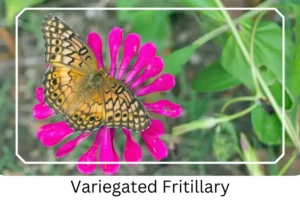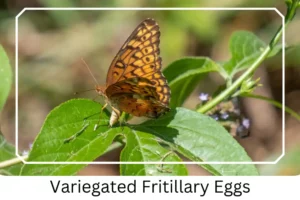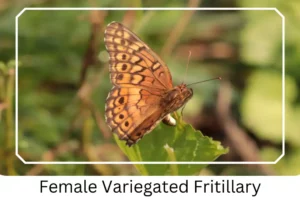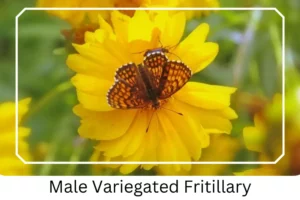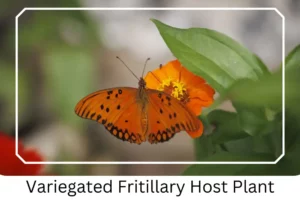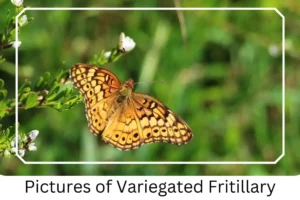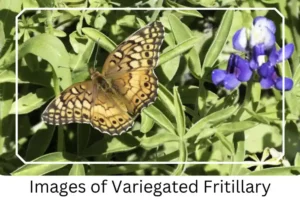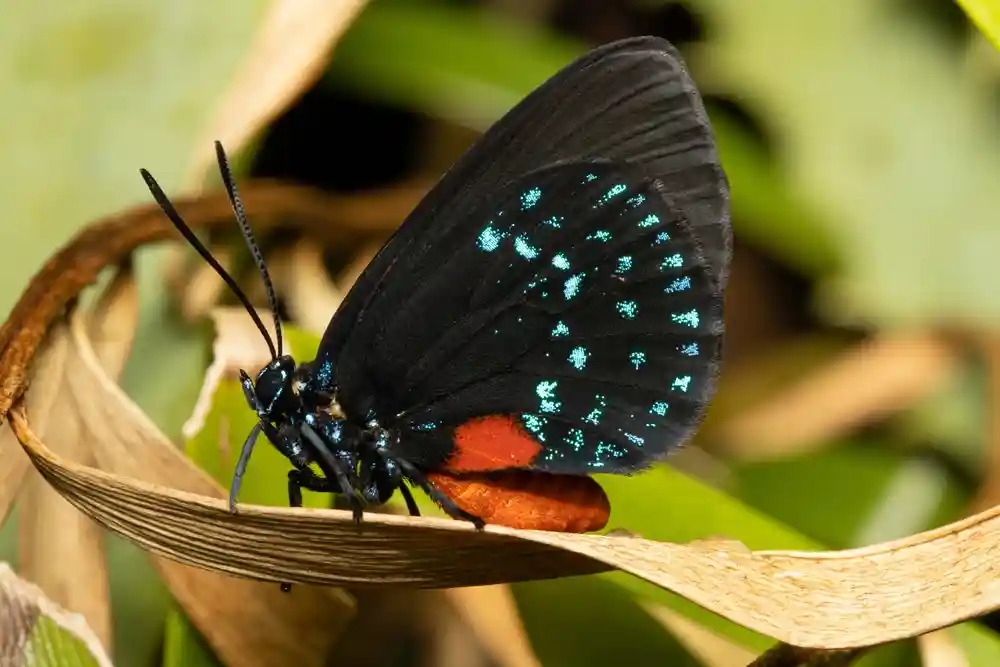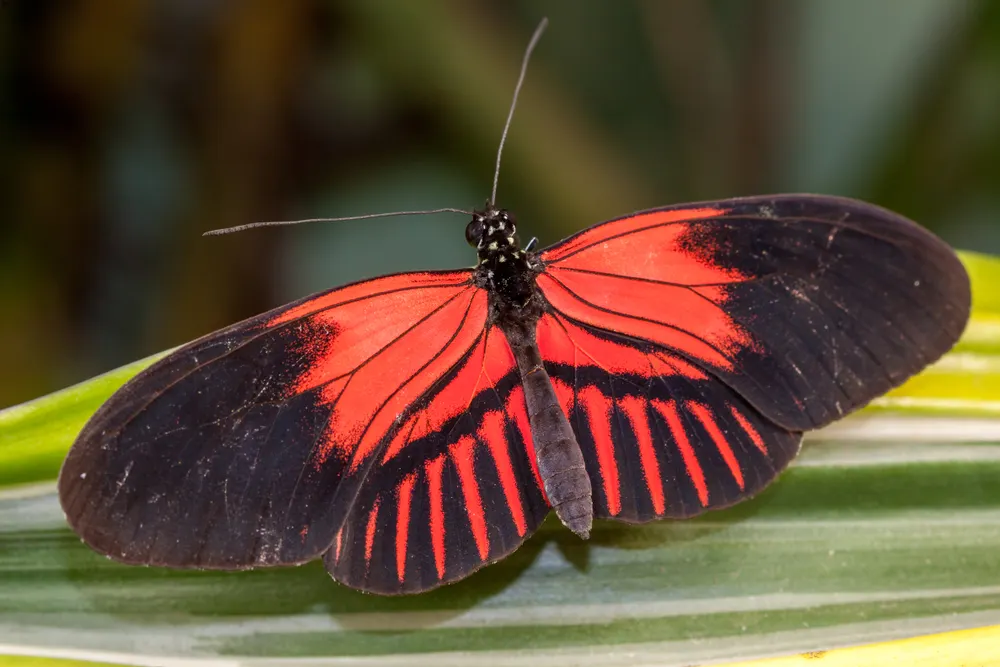Variegated Fritillary (Euptoieta claudia)
The Variegated Fritillary (Euptoieta claudia) captivates with its vibrant colors and distinctive flight pattern, embodying the rich tapestry of the butterfly kingdom. This species, found across the Americas, showcases the fascinating lifecycle and behaviors of butterflies, from its uniquely patterned caterpillar stage to its striking adult form.
Scientific Classification
- Family: Nymphalidae
- Genus: Euptoieta
- Scientific Name: Euptoieta claudia
Overview
The Variegated Fritillary thrives in a wide range of open, sunny habitats, displaying a lifecycle that includes remarkable transformations and a diet that contributes to the pollination of various plants. Their presence from Argentina to the southern United States highlights the adaptability and widespread nature of this species. Through understanding their characteristics and behaviors, we gain insight into the intricate balance of ecosystems they inhabit.
Description and Identification
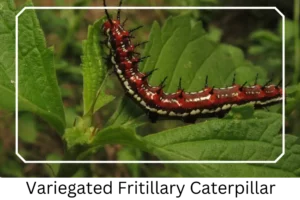 Caterpillar
Caterpillar
The Variegated Fritillary caterpillar is notable for its brownish copper color, adorned with white lines and fine black spots. The body features small, black, spine-like protrusions, adding to its distinctive appearance.
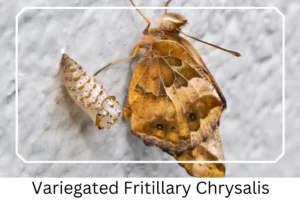 Pupa
Pupa
The chrysalis stage presents a shiny white casing dotted with bright orange to copper spots, each accented with tiny black spots. This phase of their lifecycle occurs as they hang from the upper side of leaves, preparing for their final transformation.
Adult Butterfly
Sexual Dimorphism: This species does not exhibit sexual dimorphism, with males and females appearing similar in coloration and pattern.
Color and Appearance: The adult Variegated Fritillary boasts a checkered pattern of black and orange on its wings. The dorsal side features dark spots and lines, while the ventral side reveals a more subdued palette with specific markings on the fore and hindwings.
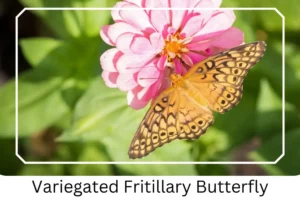
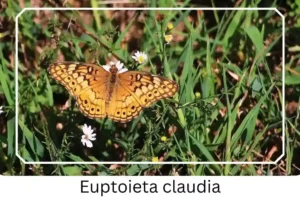 Average Wingspan: Adults span approximately 1.75–2.25 inches (44–57 mm), a size that facilitates their slow and somewhat erratic flight pattern.
Average Wingspan: Adults span approximately 1.75–2.25 inches (44–57 mm), a size that facilitates their slow and somewhat erratic flight pattern.
Flight Pattern: The butterfly’s flight is characterized as slow and erratic, adding an unpredictable beauty to their presence in nature.
Quick Facts | |
| Distribution | The Variegated Fritillary’s range extends from Argentina through Central America and Mexico to the southern United States, including Cuba and Jamaica. |
| Habitat | Preferring open, sunny environments, they are commonly found in prairies, fields, road edges, landfills, and pastures. |
| Lifespan of Adults | The adult butterflies live for about a month, a brief but vibrant phase of their lifecycle. |
| Host Plants | In Central America, they favor Passionflower species such as Passiflora oerstedii and Passiflora menispermifolia. In other regions, they rely on various passionflower species. |
| Adult Diet | They feed on the nectar of flowers like butterflyweed, common milkweed, dogbane, peppermint, red clover, swamp milkweed, and tickseed sunflower. |
How to Identify Variegated Fritillary?
Identifying the Variegated Fritillary is an engaging experience, thanks to its unique characteristics. Look for the large, primarily orange butterflies with a distinctive checkered pattern of black and orange across their wings. The caterpillars are equally recognizable by their brownish copper hue, white lines, and spine-like growths. During the chrysalis stage, the shiny white cocoon with orange and black spots is a clear indicator of the Variegated Fritillary’s impending emergence. Observing these stages and characteristics in open, sunny landscapes will enhance your ability to recognize and appreciate the beauty and complexity of this fascinating butterfly species.
Did You Know?
- The generic name Euptoieta is derived from the Greek word meaning ‘easily scared’, hinting at the butterfly’s skittish nature.
- Variegated Fritillaries exhibit a remarkable adaptability to different climates and habitats, which is reflected in their widespread distribution.
- Unlike many butterfly species, the Variegated Fritillary does not migrate but instead relies on its ability to inhabit a range of environments to survive throughout the year.
Conclusion
The Variegated Fritillary serves as a vibrant testament to the diversity and adaptability of the butterfly world. Through understanding their lifecycle, from the distinctive caterpillar to the striking adult butterfly, and their role in pollination and ecosystem health, we gain a deeper appreciation for these creatures. Their presence across a vast range encourages us to protect and preserve the natural habitats that support such diverse and beautiful species.

